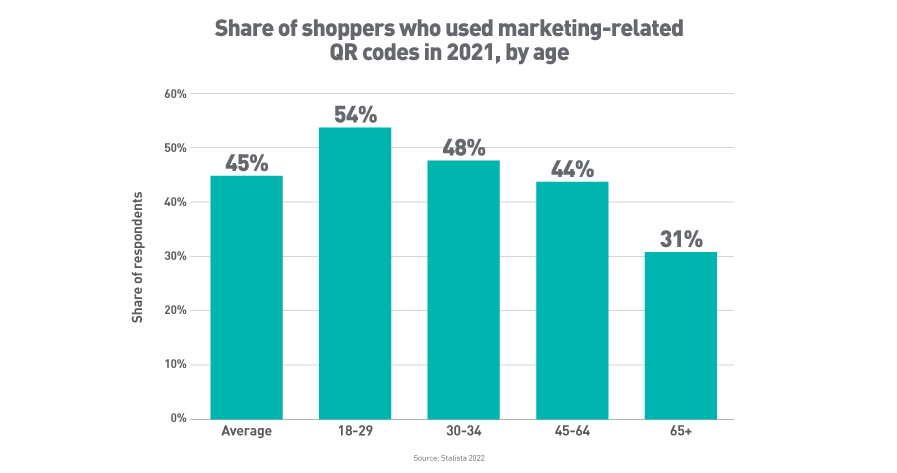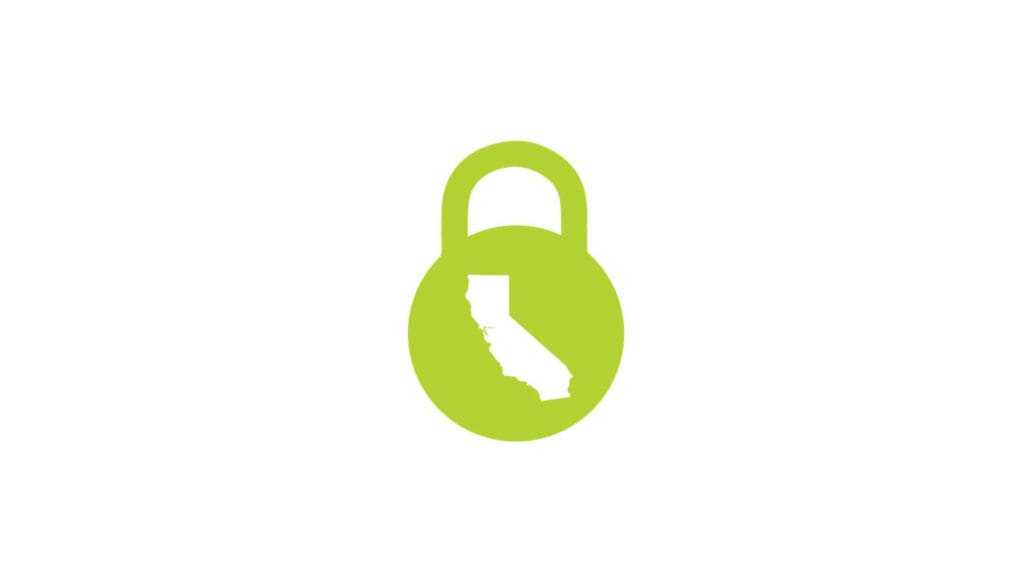
5 Consumer Engagement Tools for 2022: A Revolution of Necessity
When COVID first hit in 2020 it brought a lot of uncertainty. It also brought a lot of changes to the way people, brands, and companies were engaging with each other. As the world collectively began to come to terms with the pandemic, we started to see a lot of brands and companies making changes that would allow them to keep up with the new needs and wants of their audiences. By the end of 2021 we had witnessed a decade of digital engagement innovation, crammed into just two years. A revolution of necessity. And for the most part, people seem to love it. So what changes to customer engagement will continue to play an important role in 2022?
In this edition of Plain Talk, we will list our top five picks for effective consumer engagement tools you should consider this year.
- 1. The Resurrection of the QR Code
- 2. Growth In Video
- 3. Voice Search
- 4. Increased Efforts Toward Customer Privacy
- 5. The Metaverse?
- Get Expert Help With Consumer Engagement Tools
1. The Resurrection of the QR Code
We’ll kick off this list of consumer engagement tools with a decidedly lo-fi solution that is definitely NOT new. The lowly QR code. The QR code was invented in 1994 by Denso Wave to help manufacturers track products through the manufacturing and distribution process. Basically a replacement for bar codes. But in 2010, when smartphones began to achieve scale, advertisers and technology geeks were obsessed with finding ways to activate mobile internet functions and drive customers to websites, landing pages, offers and coupons.
QR codes were pretty cool, but they required users to download an app to use them. Camera quality and scanning capability on older phones weren’t great. In the end, the mobile experience that QR codes delivered wasn’t that special (remember what websites looked like on your phone in 2010?) Essentially, it was an idea before its time. By the end of 2011, the marketing trade publications were full of articles racing to declare the death of the QR code.
The perfect solution for a contactless world
But two things happened that led to us talking today about the supposedly-dead QR code. First, in 2017, mobile phone manufacturers like Apple added QR code reader ability directly into their camera capabilities without having to download a special app. The recently upgraded snazzy 4K cameras combined with the reader upgrade worked great! But then QR codes were dead right? Not long after, COVID-19 hit. The QR code became the perfect solution for a world who suddenly didn’t want to touch anything. They were used for everything from vaccine IDs to shopping experiences. In fact the new and improved QR code experience turned out to be excellent. So great and flexible for marketers (you can put them anywhere) that we don’t see the QR code going away for a long time.

2. Growth In Video
Not a new trend but one that has been vastly accelerated, consumer engagement with online video continues to grow. While pre-2021 US penetration of online video was already bonkers at 83%, the pandemic increased time spent watching online video by more than 31% to an average of 139 minutes a day for adults. Even more important, ad spending in online video is working. Wyzowl recently conducted a survey showing 84% of consumers were convinced to buy a product after watching an online video. This boom is primarily a combination of viewing across streaming TV channels and social video including YouTube, Instagram Reels, Facebook and, of course, TikTok who is arguably the success story during the pandemic.
So, what do you get when 329 million Americans get stuck at home way more than they’d prefer for two years? Habits, and we don’t expect to see any receding of online video viewership in 2022, especially as many streaming services are delivering increasingly high-quality programming and new accounts for social channels like TikTok continue to climb.
3. Voice Search
While part of 2020 and 2021 was undoubtedly spent figuring out how to prevent five-year-olds from ordering pizza on your voice assistant, the pandemic has been a turning point for how we use voice search as a way to engage with the internet in general and with brands. By early 2021, the installed base of smart speakers in the US had reached over 90 million adults or 35% of the adult population. Of course, voice isn’t just about smart speakers.

Voice search using a voice assistant on mobile phones has tracked roughly three times the voice search on smart speakers. While still overshadowed by mobile and desktop text-based search, voice search continues to grow. What’s critical about voice, though, is that the AI driving voice search has been learning for years now. The experience is getting quite good. Not only that, but the type of interaction is far more human than any other peripheral device (keyboard, bot, or phone). This makes voice search perhaps the most human engagement device in a marketer’s quiver to date.
4. Increased Efforts Toward Customer Privacy
For years there has been concern regarding online privacy and security, especially when it came to potential data breaches or leaks. As a result, we first saw the General Data Protection Regulation (GDPR) in Europe, followed by the CCPA in California. A slew of other regulations in support of placing control of consumer data back in the hands of consumers followed. One of the biggest outcomes of changing privacy attitudes and laws is the end of 3rd party cookies on Google, making first-party data even more valuable to advertisers.
When Apple rolled out iOS 14.5.1 in May of 2021, it brought privacy concerns to the forefront again and changed the game not only Apple users, but also for Facebook and Instagram users. With increased focus on privacy, Facebook has put more emphasis on its Special Ads Categories, which limits targeting and excluding audiences based on demographics. These categories (“Housing,” “Credit,” and “Employment”) were introduced in 2020 to cut down on any discriminatory advertising practices.
Updated category options
In 2021 they further updated the category options to include “Social Issues, elections or politics.” To keep these categories fair and equal to all consumers, advertisers within these categories are no longer able to run look-a-like audiences, or retargeting audiences based on information collected from pixels. Though Special Ads categories inherently make advertisers target audiences more broadly by only allowing contextual targeting, we’ve been seeing better results within these categories.
5. The Metaverse?
No list about trends in consumer engagement tools will ever be complete again without including the metaverse. While Facebook only went all-in on the metaverse at the end of 2021 when they announced their name change to Meta, the industry is buzzing with anticipation about how the metaverse will change engagement. So what’s special about the metaverse when it comes to engagement? In a word “depth.” It’s the depth of the engagement opportunity that has marketers excited. Meta-heads talk about metaverse engagement in terms of “4-D” with a real “sense of presence.” Where virtually any other medium is limited to engagement with one or two “dimensions” the metaverse offers a world where users can see, hear and touch (or at least interact physically in a virtual world) with the fourth dimension being time.
While the metaverse may not be 100% ready for primetime (Horizon is still in beta) it’s hard to argue that the implications for that depth of engagement are anything but profound and that now is an excellent time to start strategizing if or how your brand should exist in the near-future interoperable metaverse.
Get Expert Help With Consumer Engagement Tools
These are only a few of the many trends we saw as we entered 2022, but we believe these provided the most opportunity for our clients to adapt as we move forward. If you’d like to know more about any of the trends impacting consumer engagement tools and media, we’re always available for a chat. Please call 502-499-4209 or drop us a line here and we’ll set up some time with you!
Our Articles Delivered
Signup to receive our latest articles right in your inbox.



